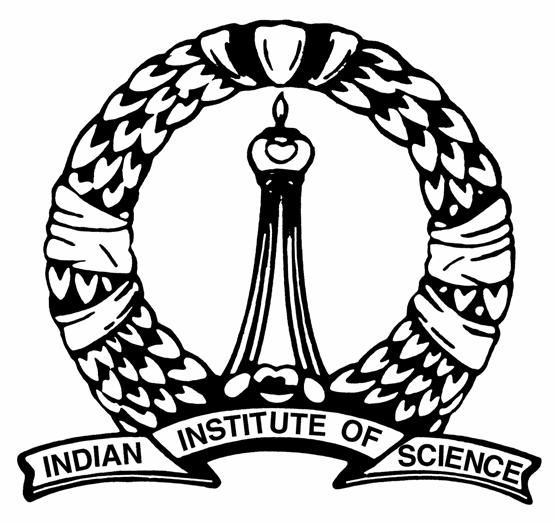Group Member > M.Tech. Student

Yogesh Bade
yogesh [at] chemeng.iisc.ernet.in
Human hair fibre is an amazing natural fibre. It exhibits an unusual behaviour under tensile load. Stress-strain plot for the fibre shows sequential viscoelastic, plastic and strain hardening deformation behaviours. Stress-strain behaviour change happens at well defined strain levels of 2% and 30% respectively. Moreover, hair fibre is structurally similar to semi-crystalline polymer, having crystalline rod like segments embedded into amorphous structure. Now the question is how these crystalline and amorphous regions are contributing into the overall behaviour of the fibre. We are trying to understand this problem using a network model, where elastic springs and Newtonian dashpots are connected to represent the fibre structure, and simulated to get model behaviour similar to the actual hair fibre. Effects of the humidity were also studied on the strength of the fibre. Pictorial representation of our approach is given below. First image shows qualitative model given by Feughelman(1959) to explain stress-strain behaviour of the hair fibre. Second image depicts model given by Wortmann & Zahn(1994), where they correlates fictitious X & Y zones with actual structural elements of the keratin proteins, which are building blocks of the hair fibre. And the last image shows our approach, where we formulate spring and dashpot network which can explain phenomena of stress relaxation, hysteresis and general stress-strain behaviour of the human hair fibre.


